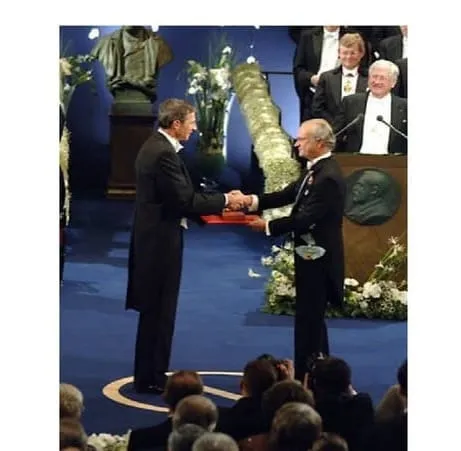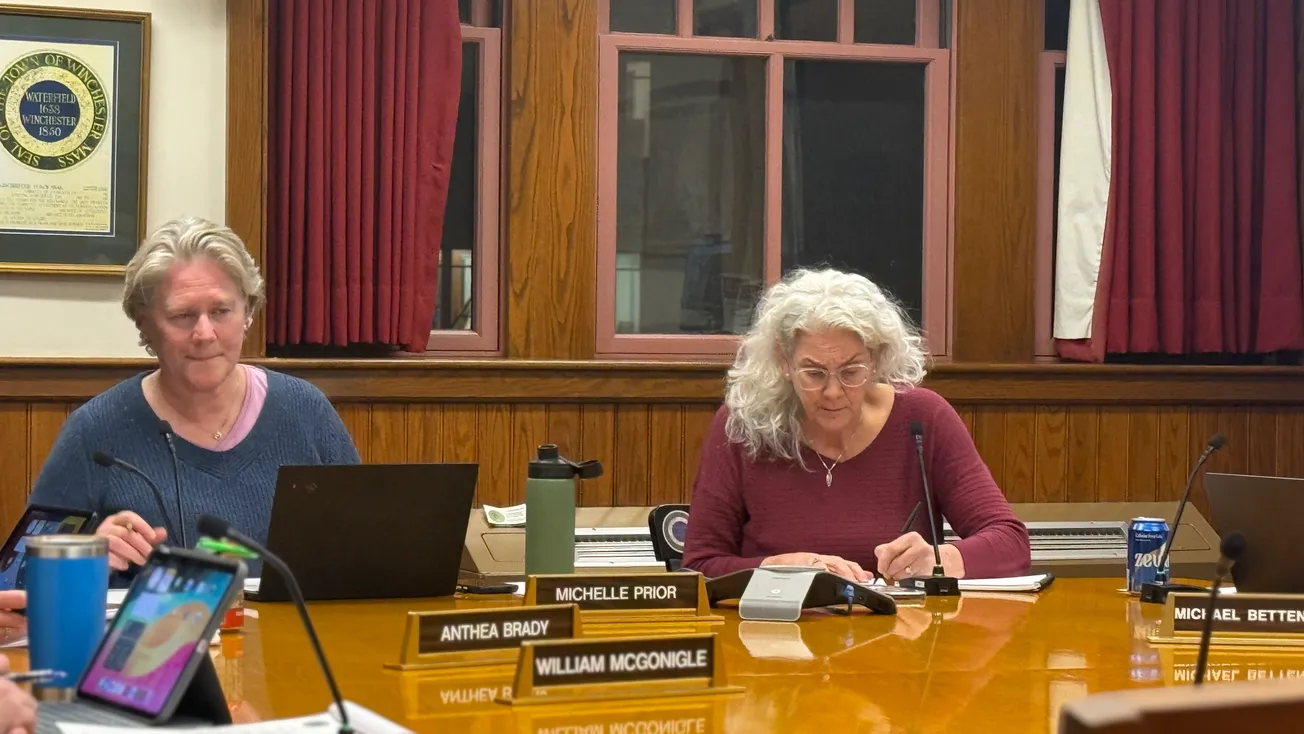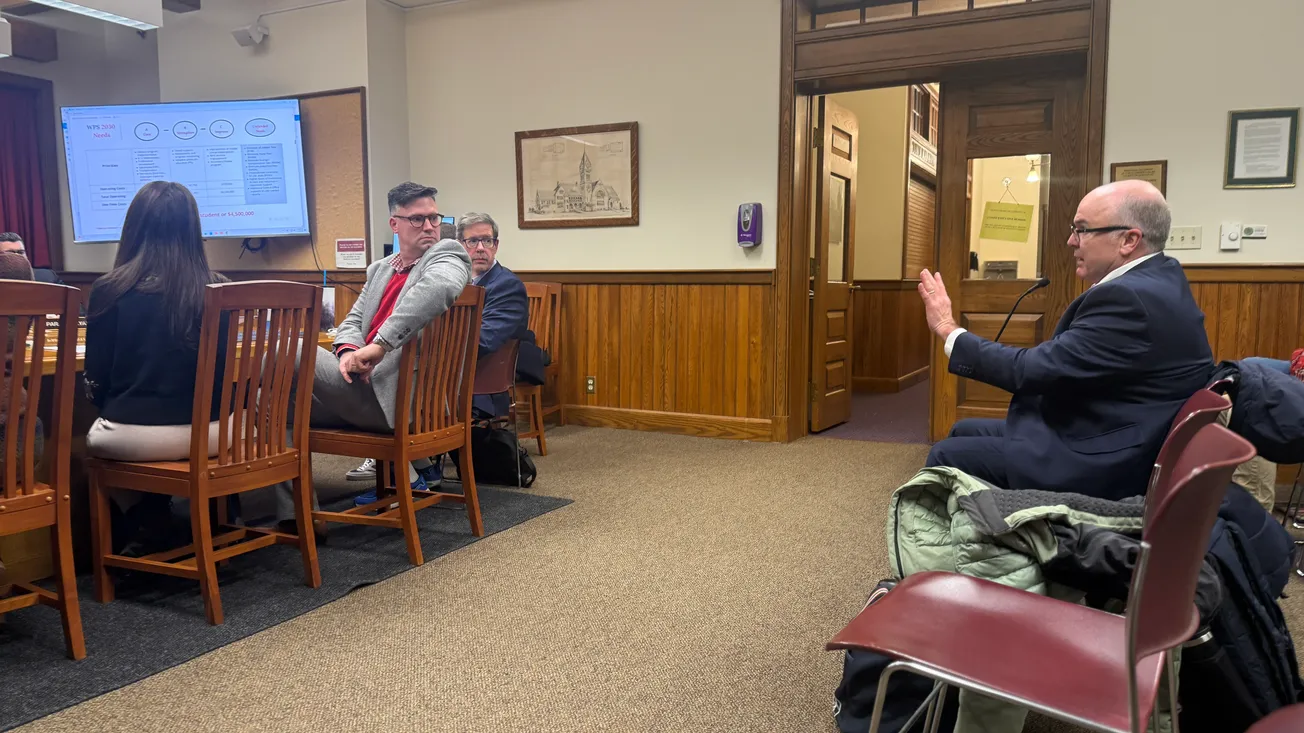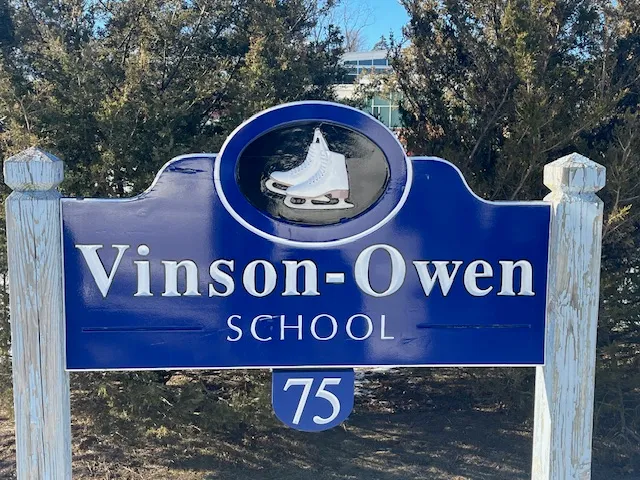Table of Contents
On Oct. 5, 2005, Richard Schrock received a call at 5 o’clock in the morning. Still in his bathrobe, he found out he had won the Nobel Prize in Chemistry for his contribution to organic chemistry.
Photographers filled his front lawn and his phone rang nonstop the entire day. The rest of the year was a complete whirlwind.
In December, Schrock and 18 guests flew to Stockholm for the white tie ceremony. At the dinner celebration, he sat between the Bishop of Norway and Princess Madeleine of Sweden.
“During that entire week, it felt like I was watching a movie, only I was living it,” he says.
The win was not completely unexpected. Almost 15 years earlier, when he received the Harrison Howe Award from the Rochester section of the American Chemical Society, Schrock was out to dinner when a colleague told him the award is given to those they think will win the Nobel Prize. Schrock was a little stunned.
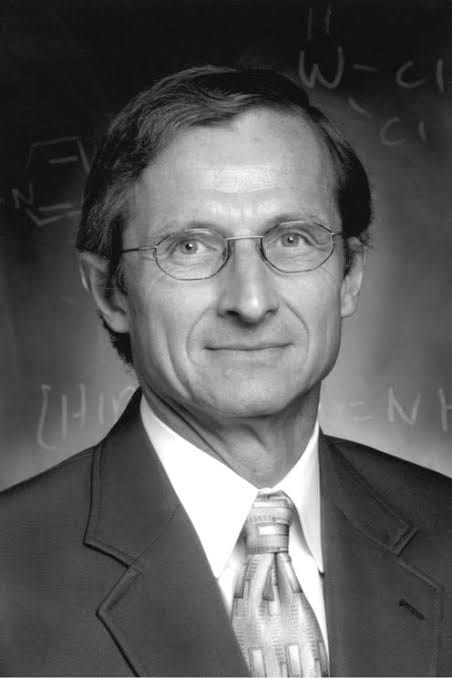
As a self-described “realistic person,” he always thought his scientific contributions were important, but this was the first time the Nobel Prize was on his radar.
“One year during the first week in October, I was walking up the steps at MIT and the dean of science called out in passing that this was going to be my year,” he recalls.
More and more coworkers began making similar comments, and while Schrock was hopeful, getting that call in 2005 was still a shock.
While Schrock considers himself an inorganic chemist, he shared the prize with Yves Chauvin, a polymer chemist, and Robert Grubbs, an organic chemist.
Despite winning such a monumental prize, Schrock’s relationship with chemistry is largely unchanged.
“Science is like this gigantic tree. You generate questions and those branch out to a gigantic number of more questions,” he says.
A childhood in science
Since childhood, Schrock has been asking questions about science. At 8 years old, Schrock was given his first chemistry set by his older brother, Ted, who went on to be an accomplished surgeon.
Ted’s high school chemistry teacher was another mentor for Schrock, noticing his talent from early on. He gave Schrock chemistry books and Schrock would obtain the chemicals and replicate the experiments.
From building forts in the backyard to creating a laboratory in the pantry of his childhood home, Schrock maintained a passion for building things.
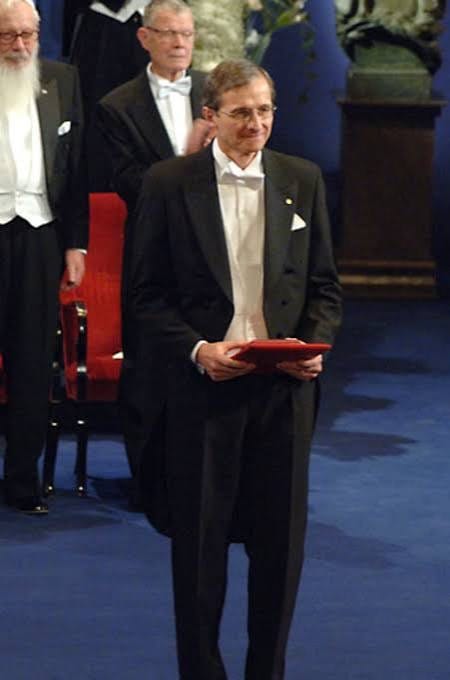
Like his father who was a carpenter, Schrock says, “Building things is in my blood,” he says, “Now I build molecules, which are very, very small.”
He has a woodworking workshop in the basement of his current home, too. Schrock has created beautiful tables that are scattered around his home. As he describes them, he mentions how each has a specific purpose: one for putting his coffee on, one to hold books, one because they simply needed a table.
“I like to make things that are useful, and that goes with chemistry, too,” Schrock says.
A life in chemistry
Schrock started out in atmospheric chemistry at University of California, Riverside, working under James Pitts. After standing out in class, he was asked to work with Pitts over the summer. In between camping trips in the Sierra Nevada, Schrock ended up working with Pitts for each summer as an undergrad.
He attended Harvard for graduate school in 1967.
“When it came to a future beyond graduate school, I thought, ‘Well it’s chemistry, right?’” he says.
Schrock remembers how certain he was about making a career for himself in the field.
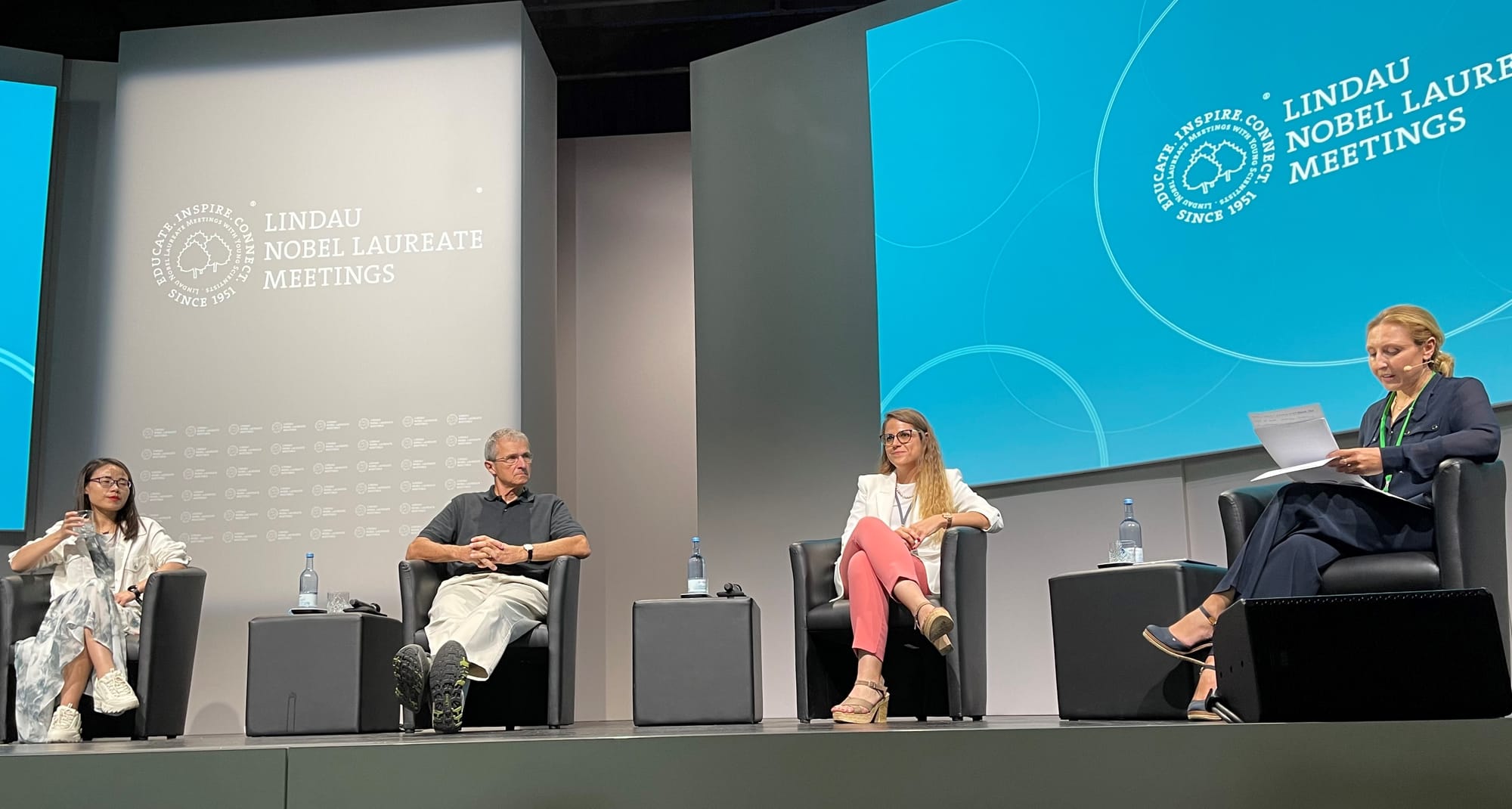
Working at the Central Research Department at DuPont, Schrock built on his interest in catalytic reactions, specifically between catalysts that have metal-carbon bonds. Schrock’s labmate, Fred Tebbe, was working on new polymerization catalysts too. Tebbe was the one to sign off on Schrock’s initial discovery of tantalum-carbon double bonds.
For a man who is a brilliant inorganic chemist, Schrock also has the mind of a linguist. He explains metathesis, the process his catalysts made more efficient, by tracing the word back to its roots.
“To metathesize in linguistics means to switch letters. For example, in Old English, ‘third’ was ‘thrid’, which comes from ‘drei’ in German. People couldn’t say ‘thrid’ though so the word changed to ‘third,’” he says.
When Schrock’s “chemical grandfather” Geoffrey Wilkinson came to DuPont to give a lecture, the two began talking about how another metal, tungsten, could further Schrock’s experiments. Schrock mentioned how the name means “strong stone” or “the heavy one.” The metal was originally called ‘wolfram,’ because the mineral consumed significant amounts of tin during extraction, like a wolf eating sheep.
“People thought the metal carbon bonds were weak,” Schrock says.
Wilkinson proved this wrong by producing a tungsten compound with six methyl groups around it and with the shape of an octahedron. Upon Wilkinson’s discovery and Nobel Prize win in 1973 for his work in organometallic compounds, Wilkinson said, “The niobium and tantalum systems are very complicated and no binary new neopentyls have been prepared.”
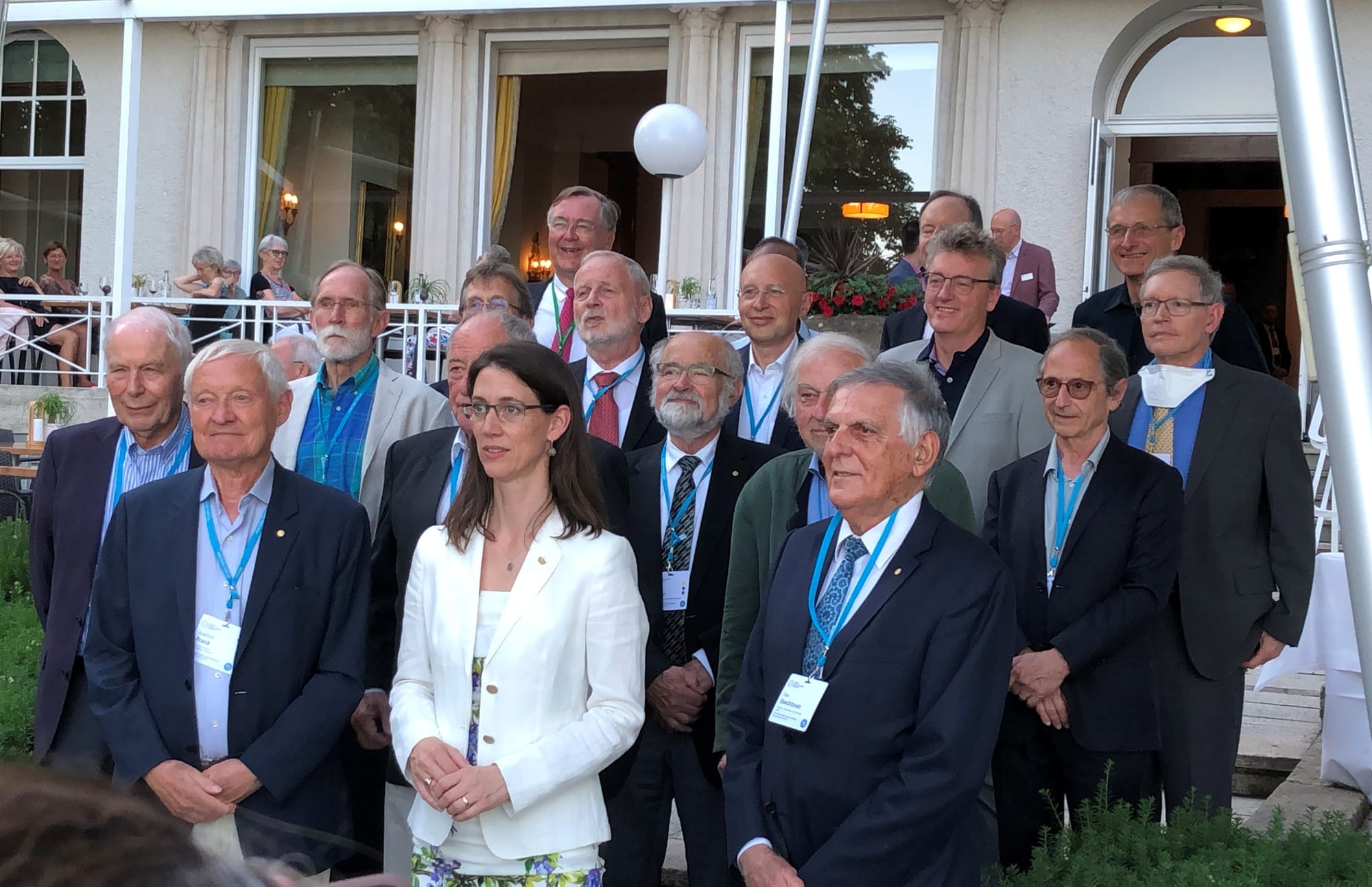
Meanwhile, Schrock had just discovered the tantalum neopentyl compound.
Schrock started by using the alkyl methyl, CH3, to make pentamethyltantalum, which, like hexamethyltungsten, was highly unstable and would occasionally explode. To stop the compound from exploding, Schrock started using five bigger alkyl groups and ended up discovering an entirely new compound. Tantalum carbon double bond chemistry served as a model for molybdenum and tungsten chemistry, but it took a lot of experimenting for Schrock to realize this.
Schrock still has his laboratory notebooks from DuPont and in them are his meticulously written experiments. In only seven months, he filled a notebook containing his discovery.
On July 27, 1973, Schrock detailed the synthesis of the first tantalum carbon double bonds and explained that he realized his initial proposal was incorrect only after determining the compound’s molecular weight. This compound broke new ground and gave birth to an entirely new subfield of organometallic chemistry. His method of experimentation comes from the philosophical principle by Occum.
“Before you look for the elaborate explanation, choose the first one that is the most obvious until you can disprove that one and move to the next,” he says.
What he is doing now
Schrock’s contributions are highly relevant in the world of public health and biorenewable resources. For example, rapeseed oil (Canola), is a widely accessible natural product.
Schrock hopes to make chemicals from it that currently are not readily made from petroleum. In fact, Schrock’s tungsten catalysts will be used in a commercial ethenolysis plant that will open in 2026. It will process about 60,000 tons of rapeseed oil per year.
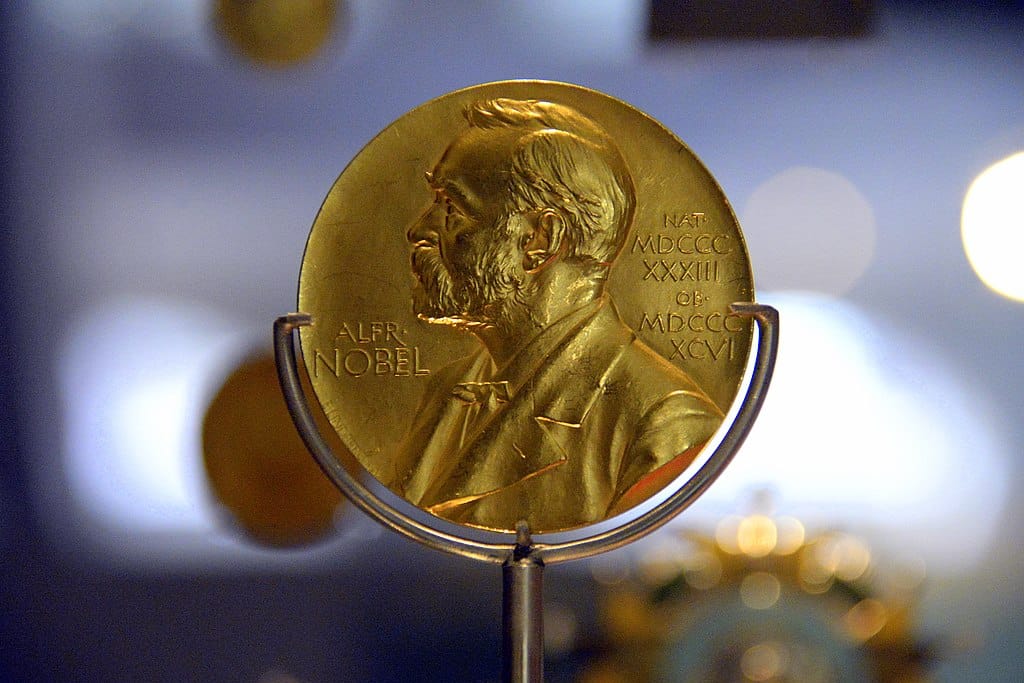
“It’s all about using available natural products to make things that you can't make with petroleum and, really, replace petroleum,” he says.
Though he retired from teaching at MIT in 2018, Schrock continues to do research by advising two post-docs and spends time in his woodworking shop or playing bridge. Chemistry remains a daily practice for him, and it is something he has only appreciated more since his Nobel Prize win.
“Science is born of curiosity, I think,” Schrock says. “Of course, you have to have knowledge, you have to take courses, you have to know some physics and chemistry, some mathematics, to understand what the questions are and how you might be able to contribute, but it’s really curiosity that makes scientists do what we do.”

